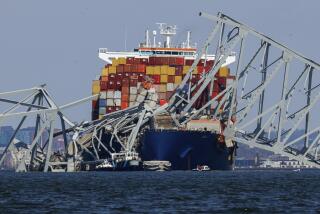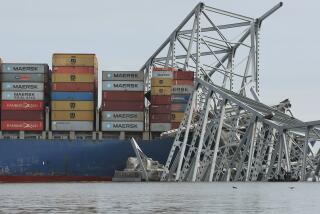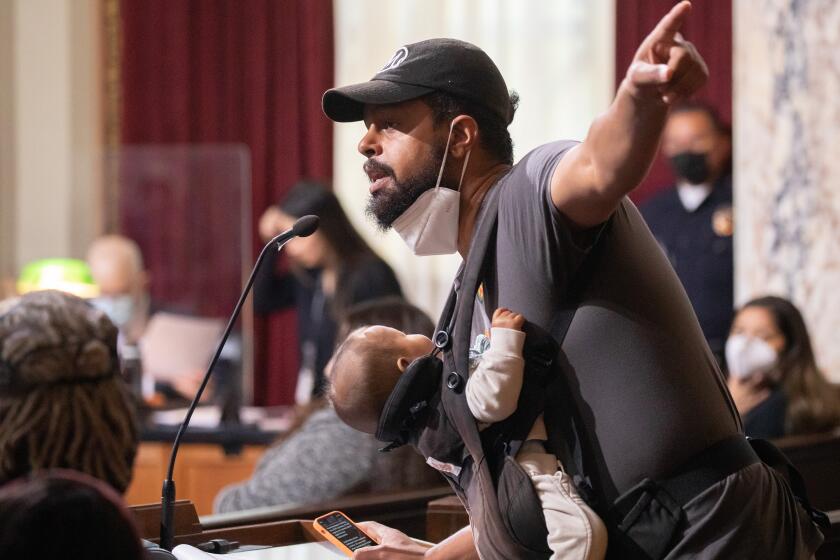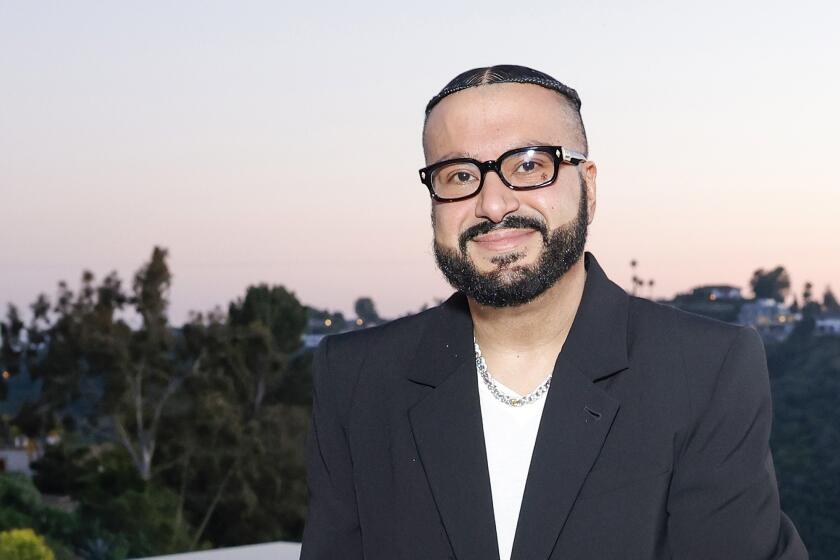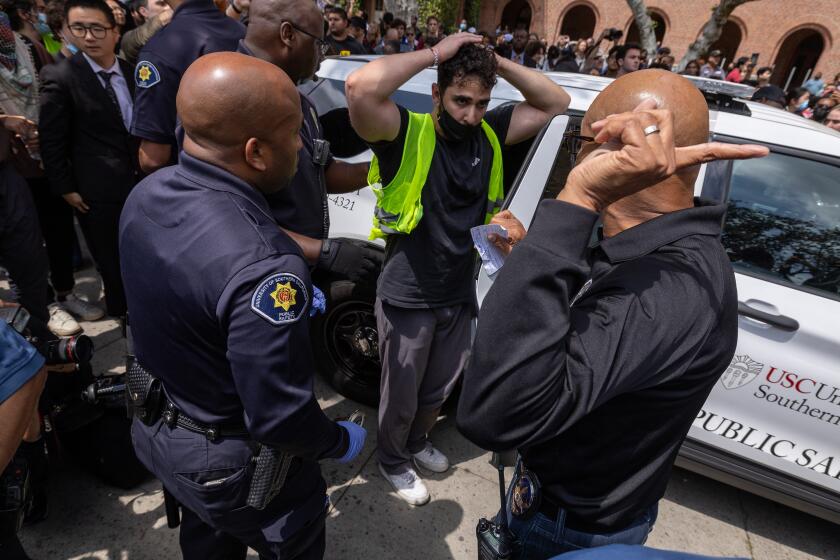Two engineers who had concerns say new Bay Bridge span is safe
SAN FRANCISCO Two engineers who say their safety concerns about the San Francisco-Oakland Bay Bridge were suppressed by Caltrans higher-ups told a state Senate committee Friday that they nevertheless believe the new eastern span of the structure is safe.
California Department of Transportation director Malcolm Dougherty, meanwhile, reluctantly conceded that “there has to have been mistakes made,” but insisted that no coercion had occurred and that “if we had any concerns about safety on the bridge, we would not have opened it in September.”
The hearing by the Transportation and Housing Committee, chaired by state Sen. Mark DeSaulnier (D-Concord), came two days after a report he commissioned concluded that the costliest infrastructure project in California history was plagued by “an institutionalized, if not malicious, lack of transparency” that kept important criticisms from the public.
Titled “The San Francisco-Oakland Bay Bridge: Basic Reforms for the Future,” the report offered a scathing critique of Caltrans and served as a template for the hearing.
“It is the finding of this investigation that there appear to have been chronic attempts to keep many of the serious safety allegations quiet, put aside and not dealt with in an open, businesslike manner in the public’s best interest,” the report summary notes.
DeSaulnier called the hearing to examine how “key decisions” were made in hopes of avoiding similar delays, cost overruns and engineering problems in future state infrastructure projects.
At $6.4 billion, the span, which opened on Labor Day, came in $5 billion over budget and years later than planned.
The report detailed concerns about cracked deck welds, “the now infamous anchor rods or bolts” on seismic stabilizing structures, which snapped, and “many other controversies” that came to light through the news media “rather than public disclosure by government agencies.”
Among the dozens of people interviewed was Douglas Coe, a Caltrans bridge engineer who was forced off his job supervising Chinese welds in 2009 after expressing concerns about the level of testing; and James Merrill, an engineering contractor who also raised concerns about the cracked welds and said he was told he was being “too rigorous.”
Both testified Friday that their warnings were rejected, and Coe said he was told not to put any in writing.
When pressed by DeSaulnier as to whether the bridge is safe, Coe told the committee be believed it was but that quality control problems could result in a need for more maintenance “down the road” than originally anticipated. Merrill also said he thought the bridge was safe but added that he could not say for sure because he left the project six years ago.
Dougherty strongly denied that there are lingering quality problems, saying all engineering issues had been resolved, save for those of the bad bolts. A seismic retrofit has been done to replace the ones that broke, and experts are continuing to study 2,300 additional bolts that might be compromised to determine how they should best be maintained, he said.
Although he said he respected “the candor” of the engineers who voiced quality concerns, he attributed those to commonplace professional disagreement.
DeSaulnier pressed him sharply to be more forthcoming about mistakes in the process.
“We have to get the public’s perception of the California Department of Transportation … to much higher levels than they are now before citizens will agree to tax themselves” for future infrastructure projects, he said.
The Toll Bridge Program Oversight Committee was created midway through the 16-year construction process with the goal of reining in delays and overruns and monitoring quality.
Steve Heminger, who chairs the committee, testified Friday that he believes it has functioned well but he conceded that sacrifices were made on cost in order to get the project back on schedule.
More to Read
Start your day right
Sign up for Essential California for news, features and recommendations from the L.A. Times and beyond in your inbox six days a week.
You may occasionally receive promotional content from the Los Angeles Times.

